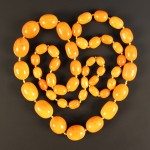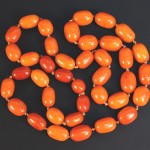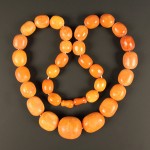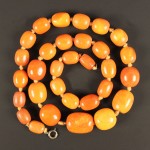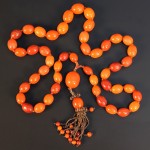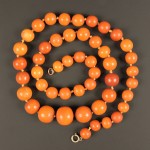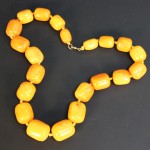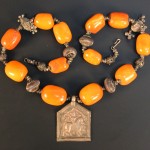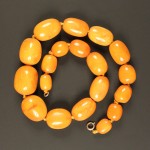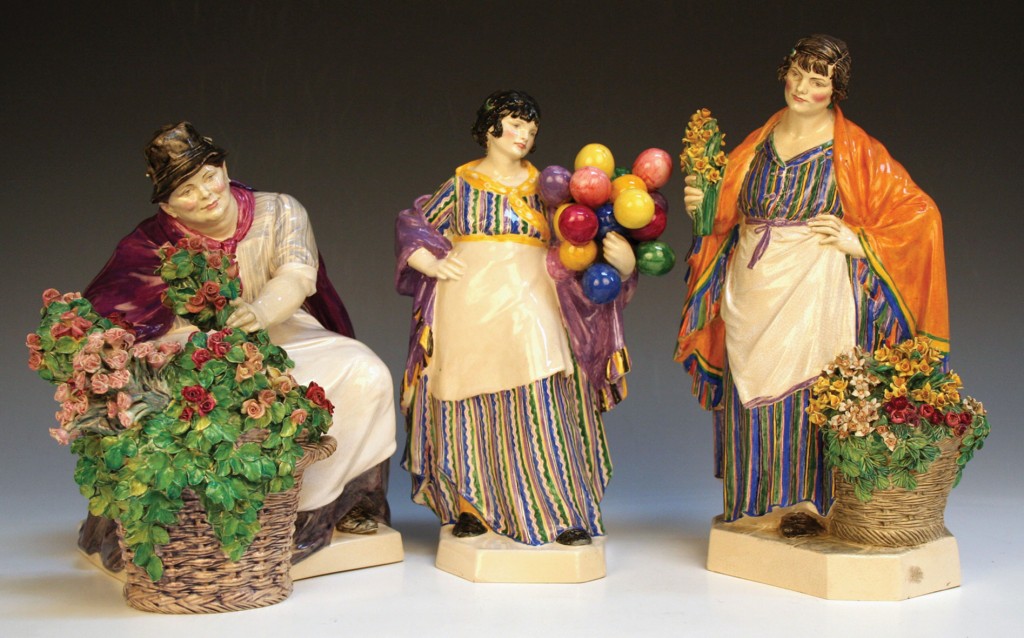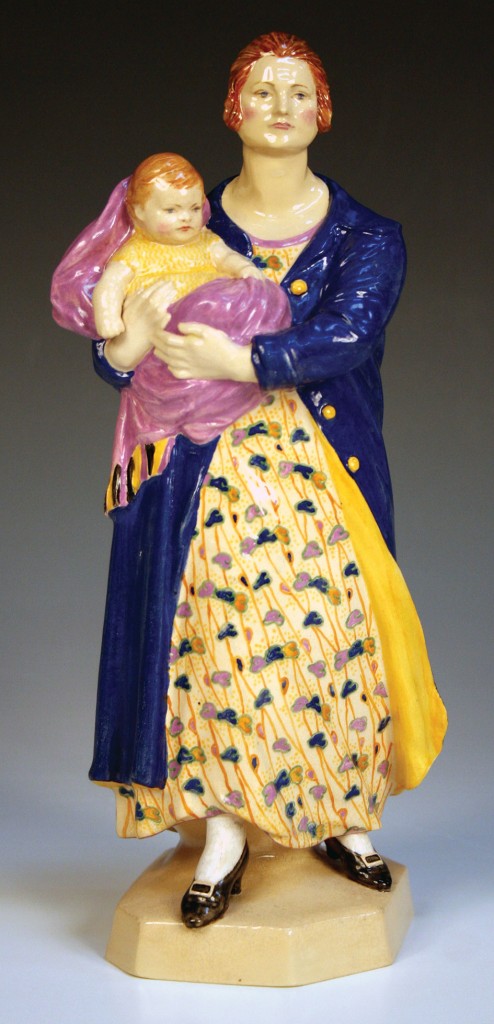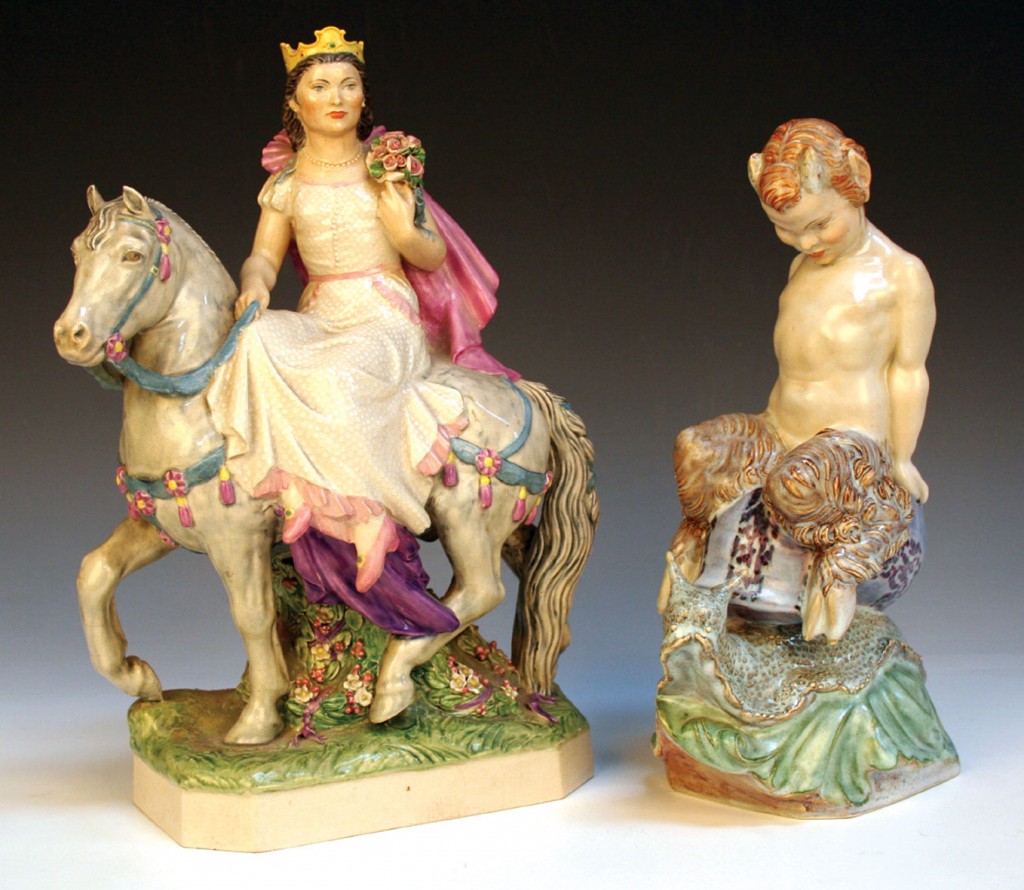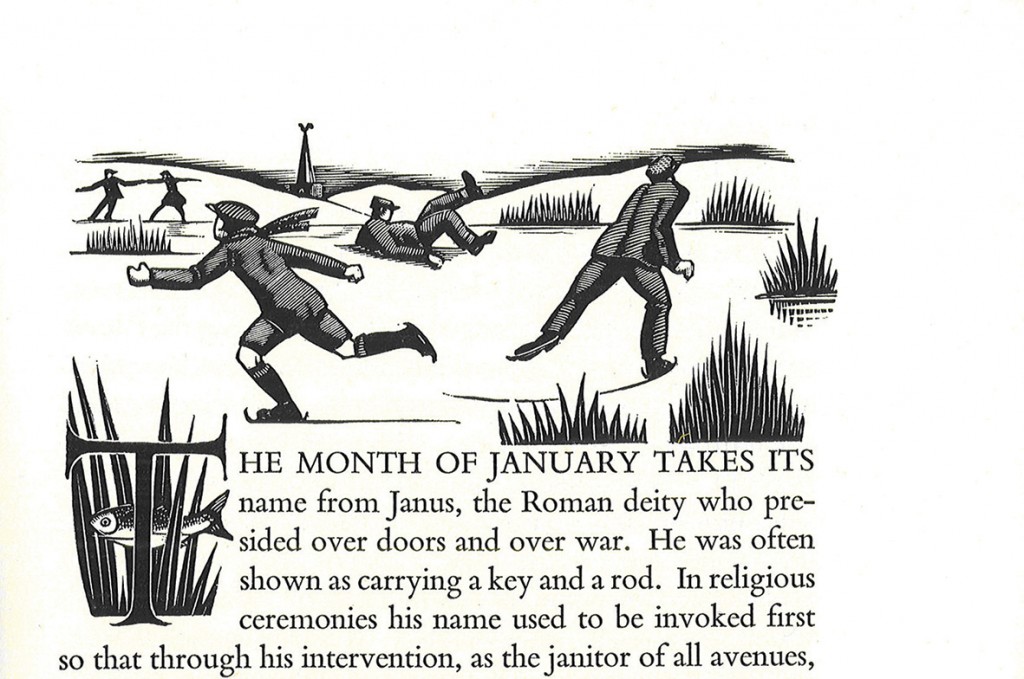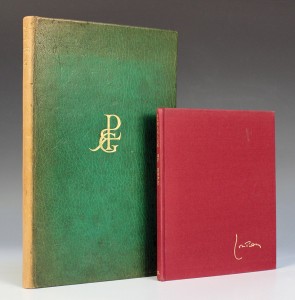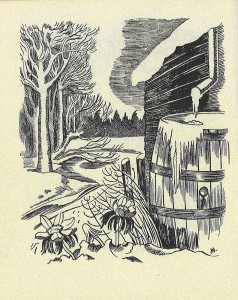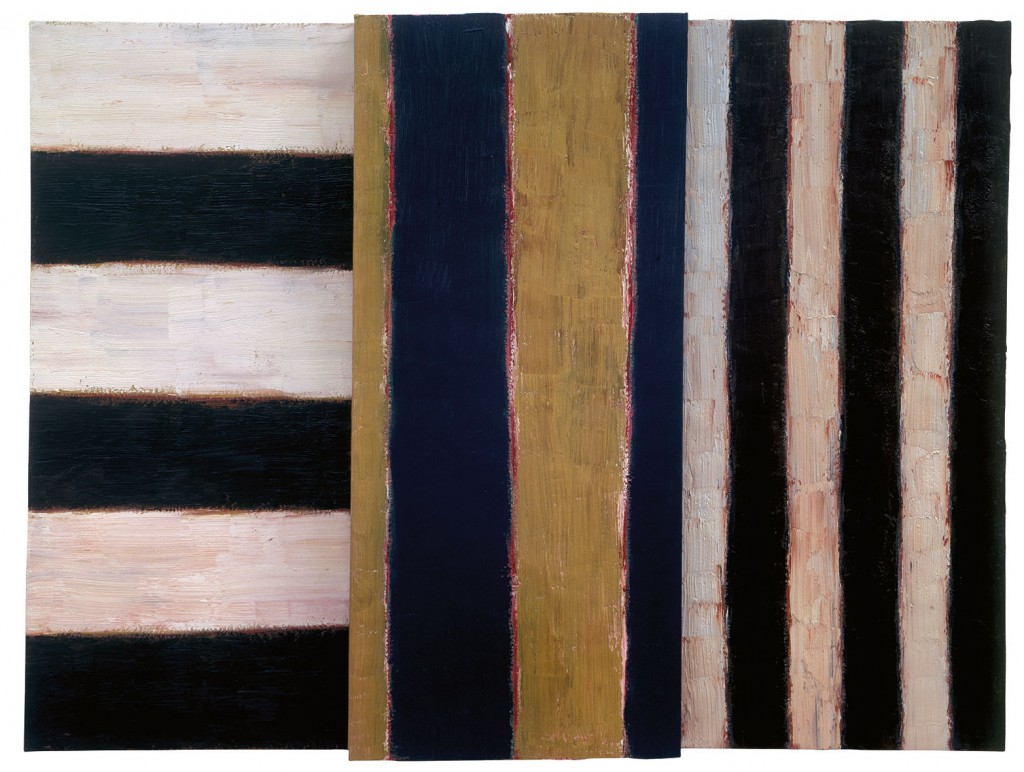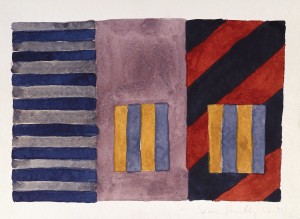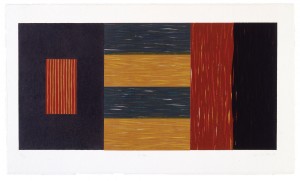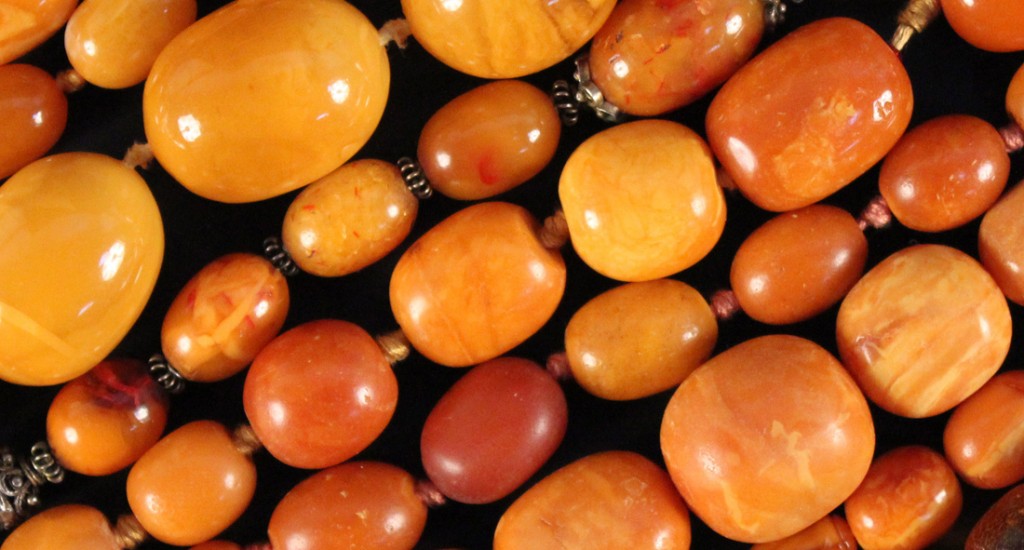
Amber is a fossil tree resin. It originates as a soft and sticky substance and, as such, sometimes includes animal and plant material or insects. Many people will remember amber as being the source of ‘Jurassic Park’ in Michael Crichton’s fictitious novel, with dinosaur DNA being extracted from the blood of a mosquito trapped in amber.
Since the neolithic period amber has been appreciated for its colour, beauty and supposed healing properties. It has always been seen as a status symbol since these prehistoric times. The transparent amber seen in the movie adaptation of Crichton’s novel is the image most people conjure into their mind when thinking of amber. Pieces containing insect inclusions were particularly prized among aesthetic Victorians. Historically, and up until quite recently, this type of amber was the most desirable.
A recent fashion change has lead to another type of amber realising astonishing prices. This amber is less translucent and almost milky in appearance. The ‘butterscotch’ coloured amber and variants of it were popular in the 1920s and have dipped in and out of fashion ever since. Today, this specific type has captured the eye of the emerging economies of China, India and the Middle East. With Toovey’s global internet marketing, these buyers are only a mouse click away. Over the last few months Toovey’s have had a good number of amber necklaces consigned to auction, many from a single private collector – a small selection is shown below. The highest price achieved to date was in Toovey’s end of year auction on the 31st December 2013. A single row necklace of forty-nine mottled yellow butterscotch coloured graduated amber beads, gross weight 278g, total length 136cm, achieved £11,000. Other examples can be seen by searching for ‘amber necklace’ in the archive on Toovey’s website. The price variations are largely attributable to the colour, number and size of the beads, as fashion reverts back to prehistoric times using amber as a symbol of status. Another group of amber bead necklaces will be offered in our specialist jewellery auction on the 29th January 2014.
Click on an image to enlarge.
